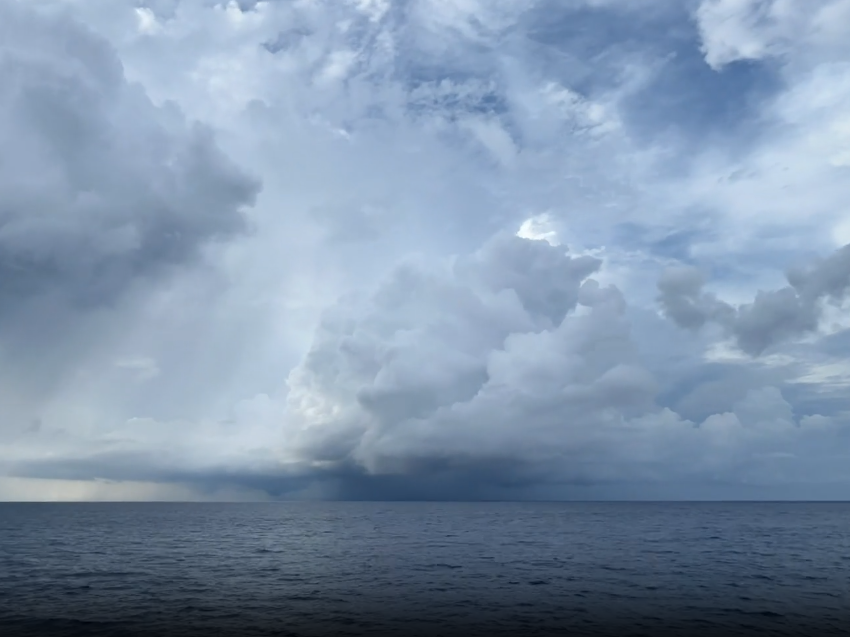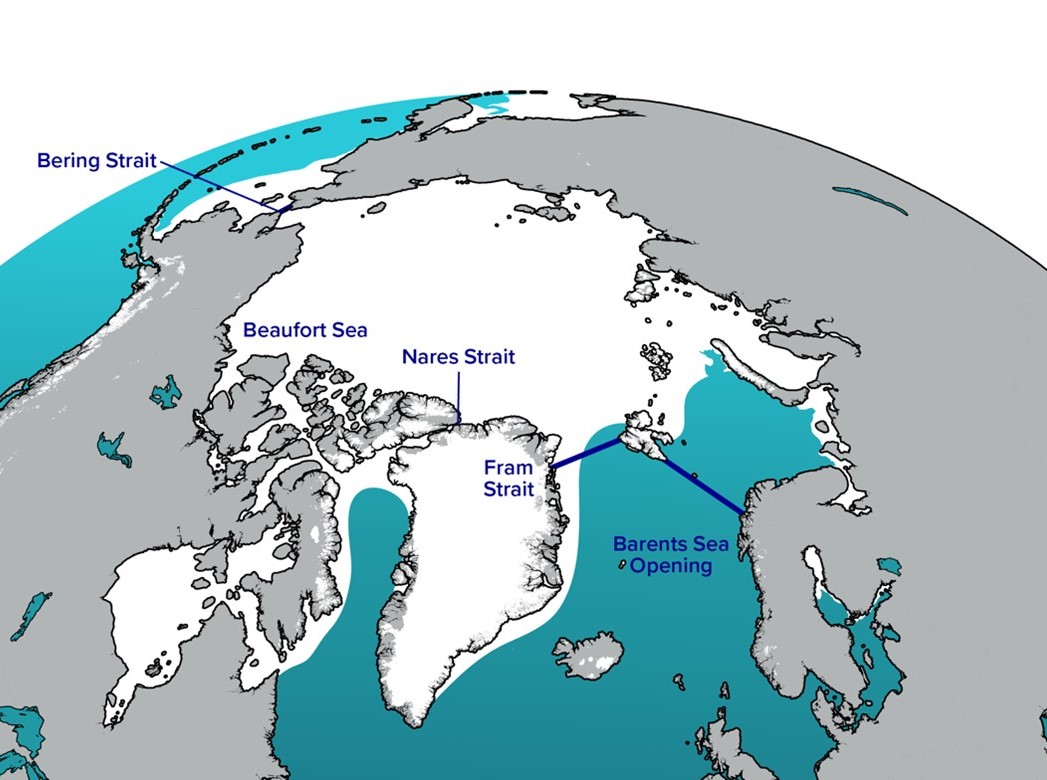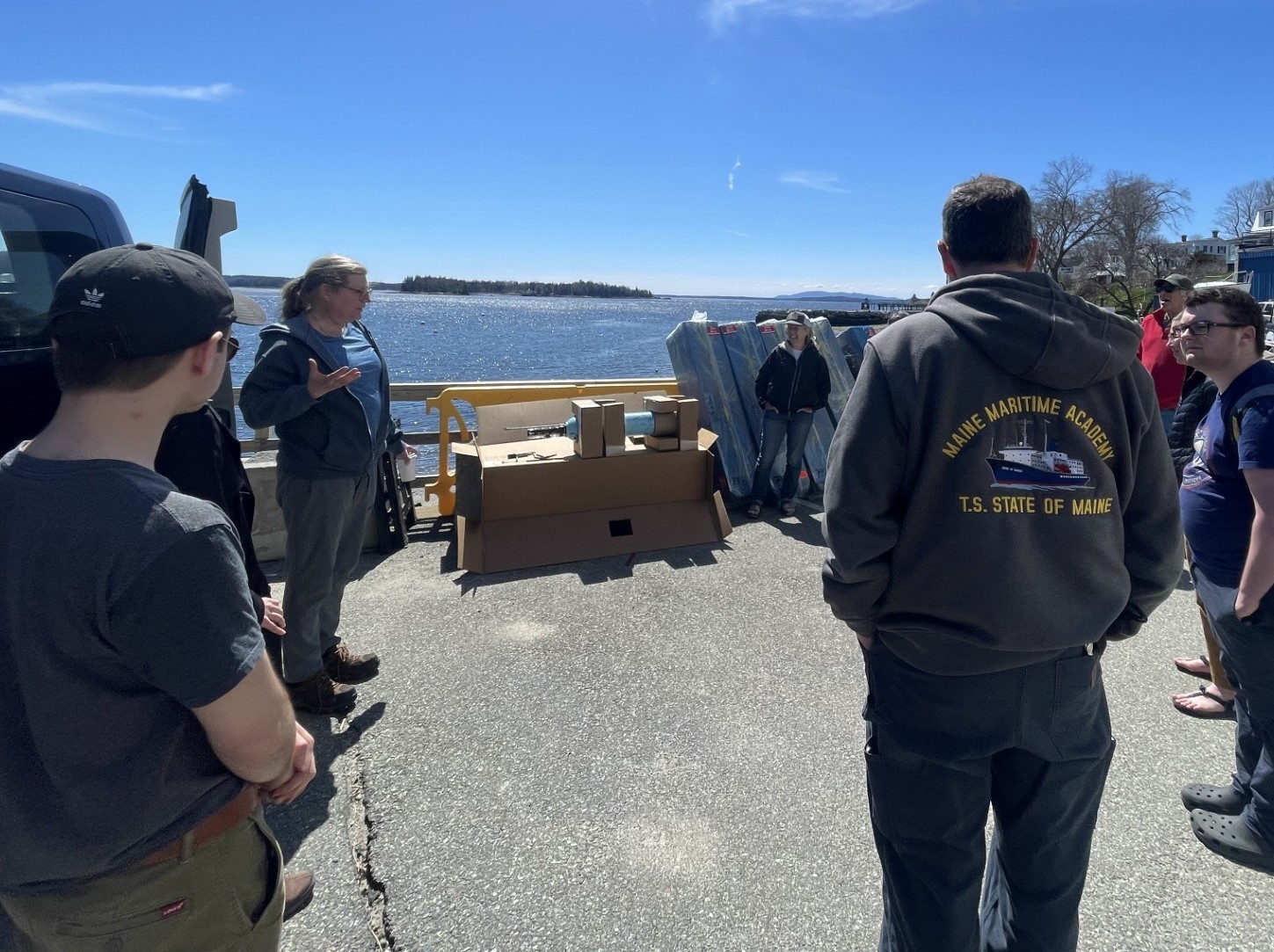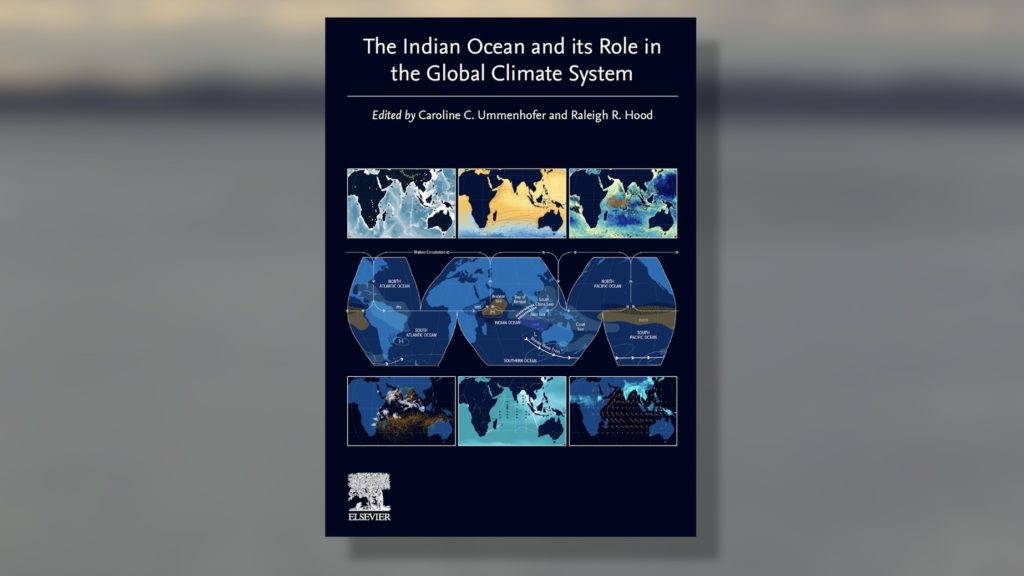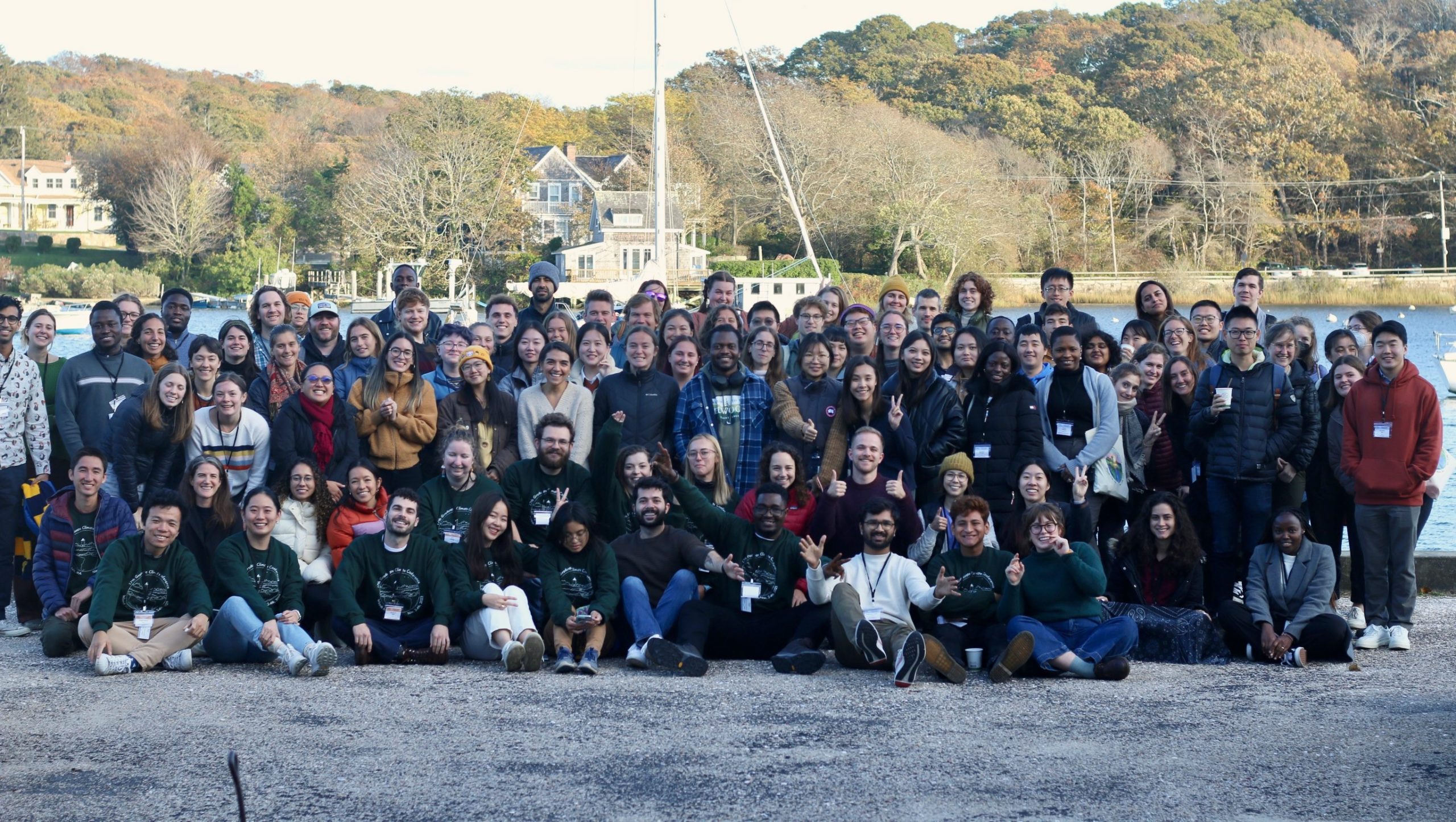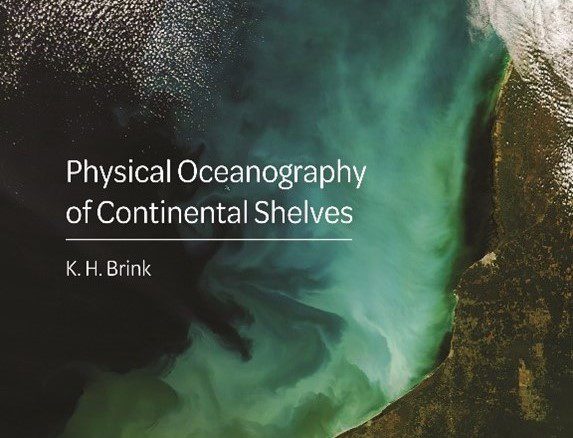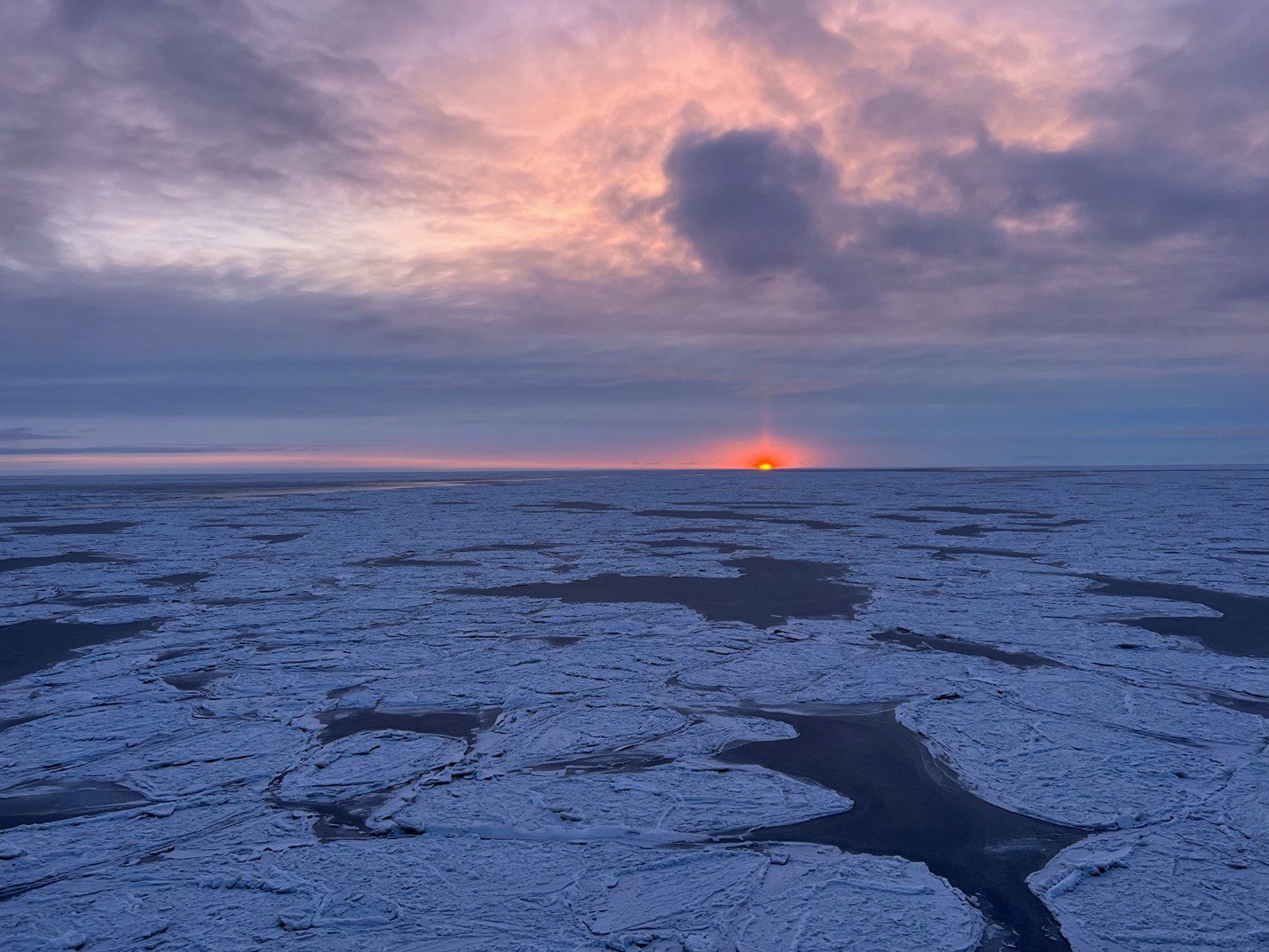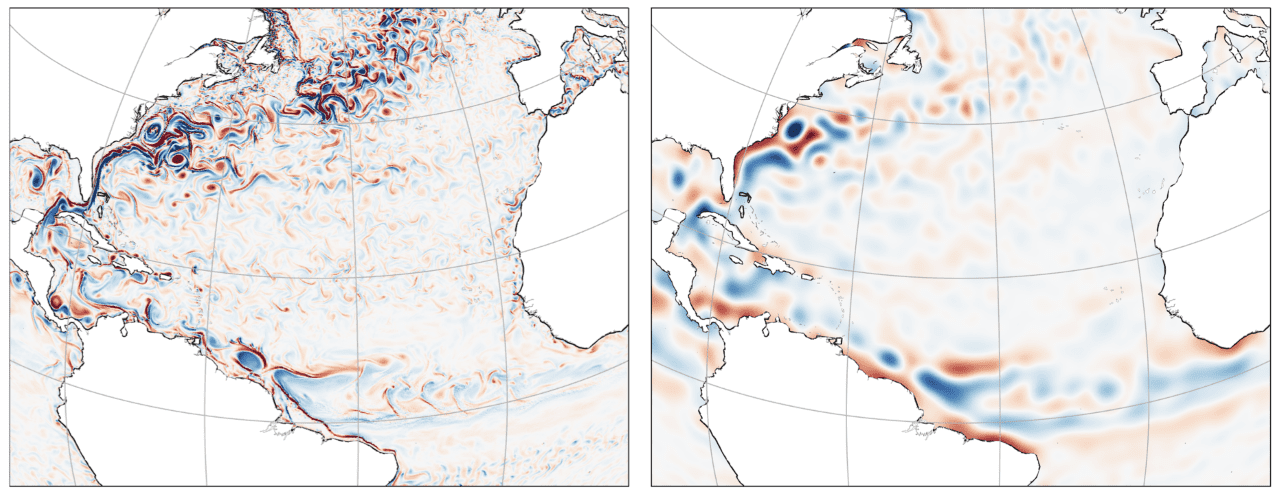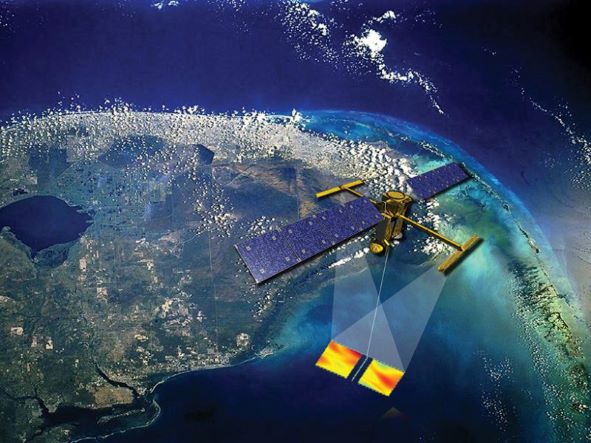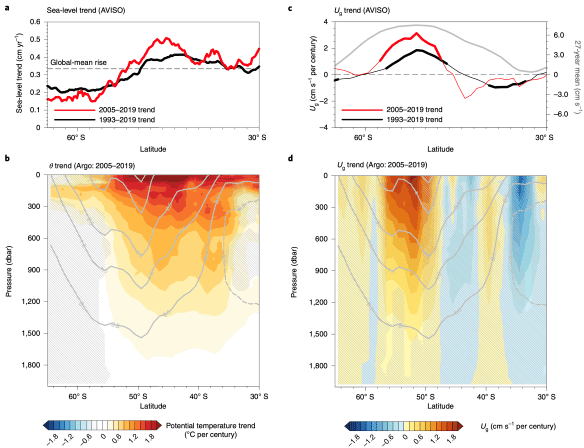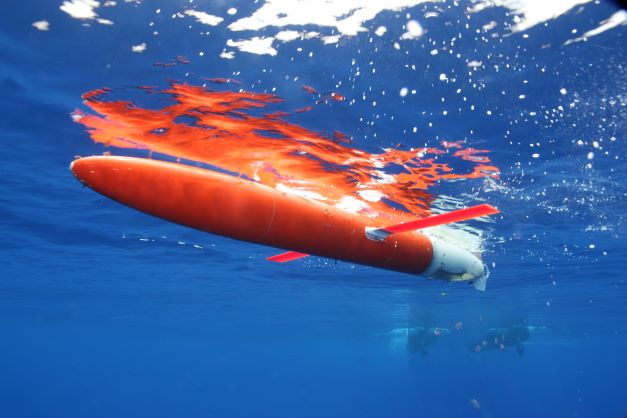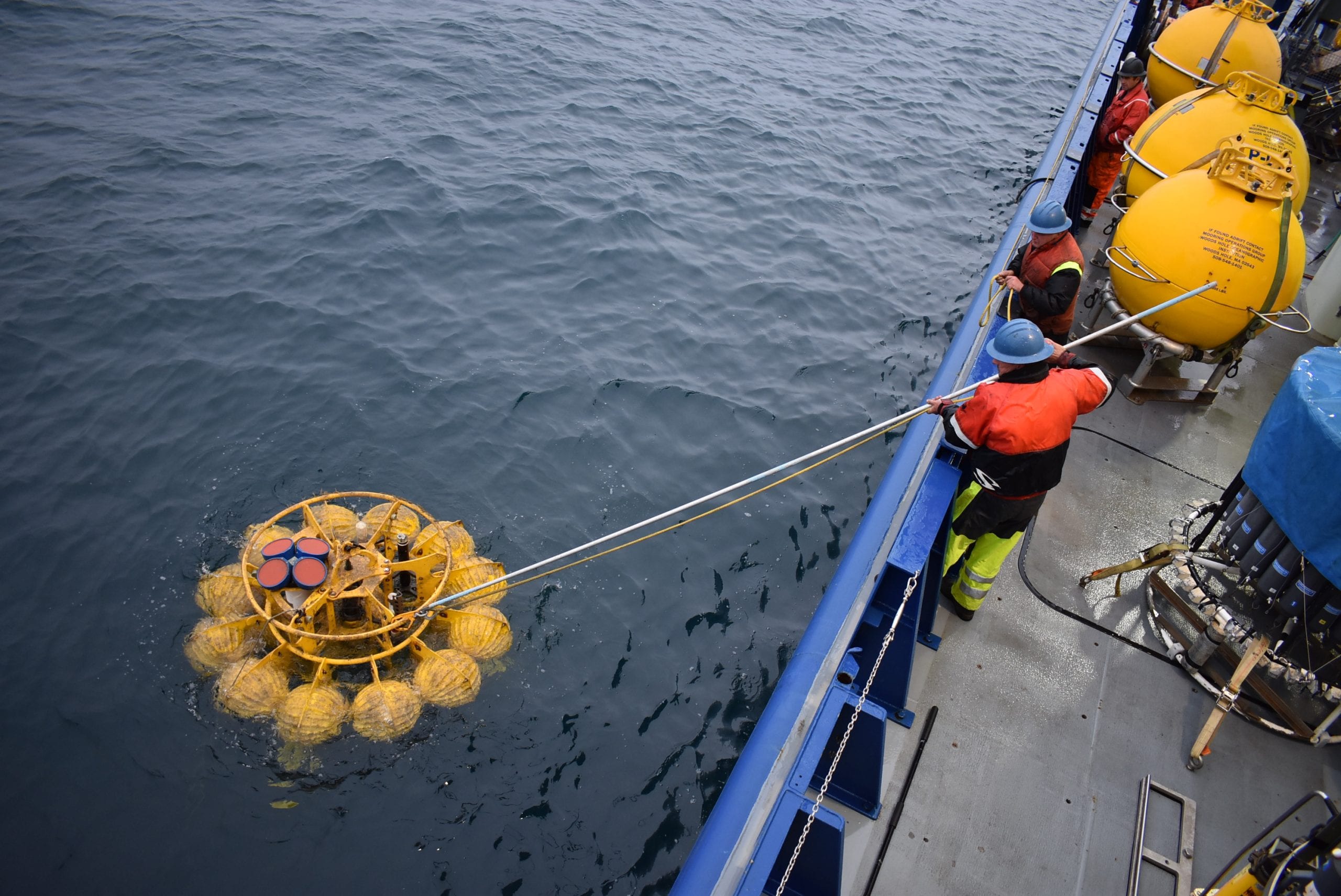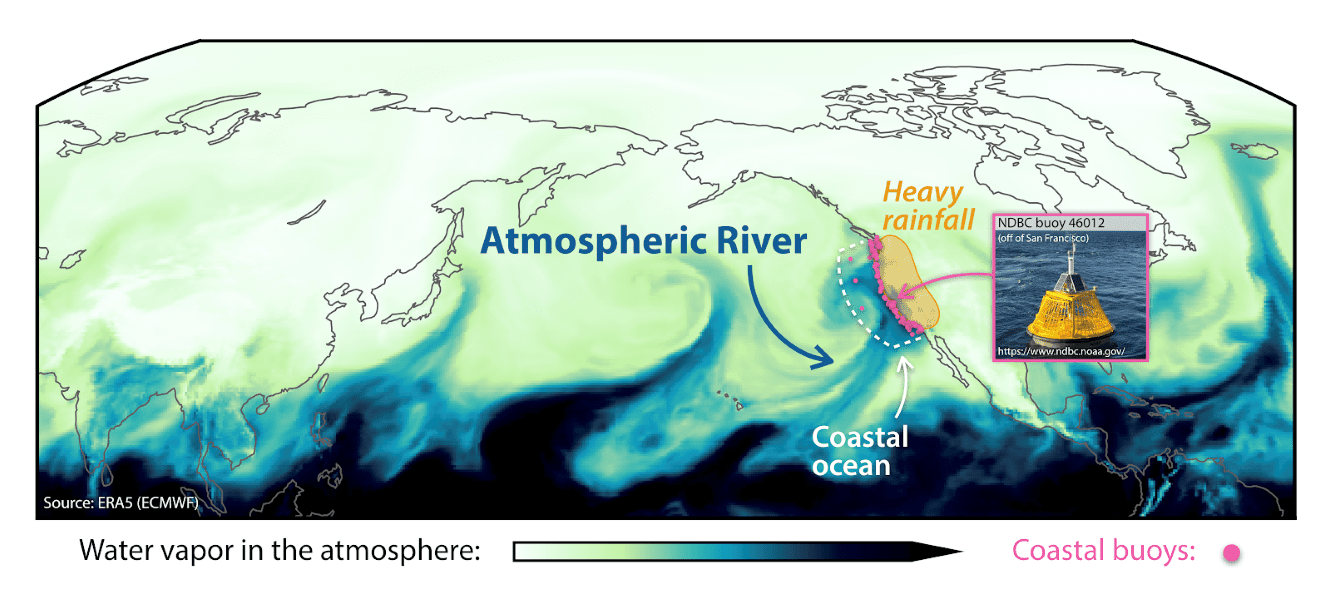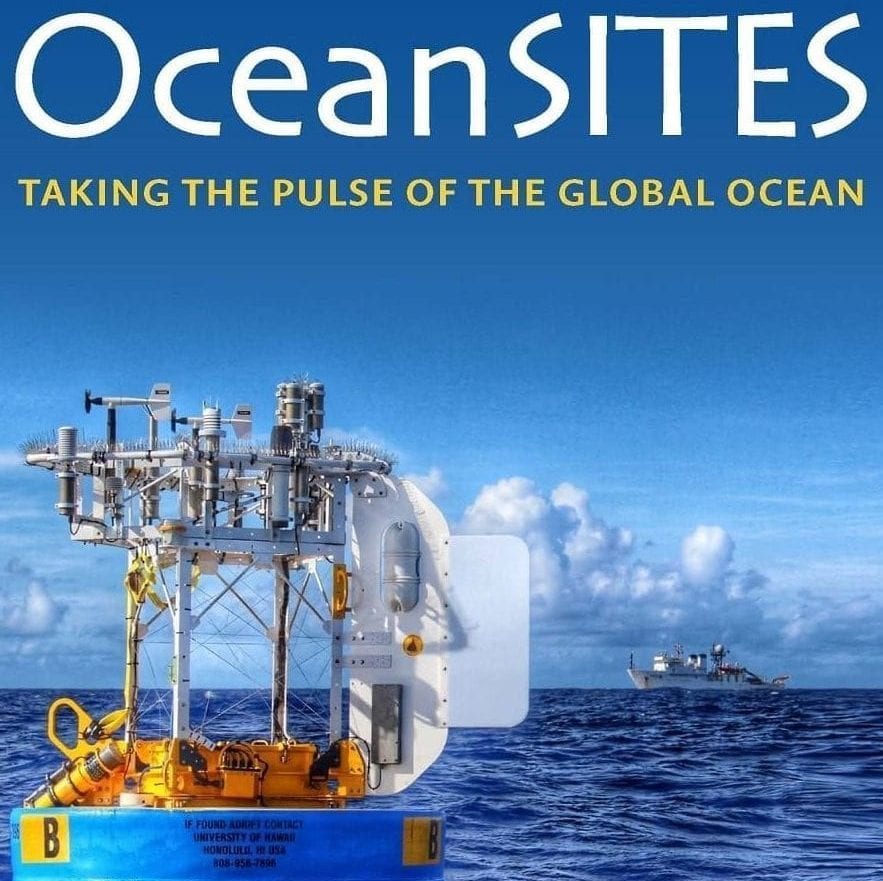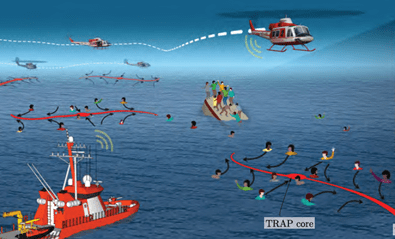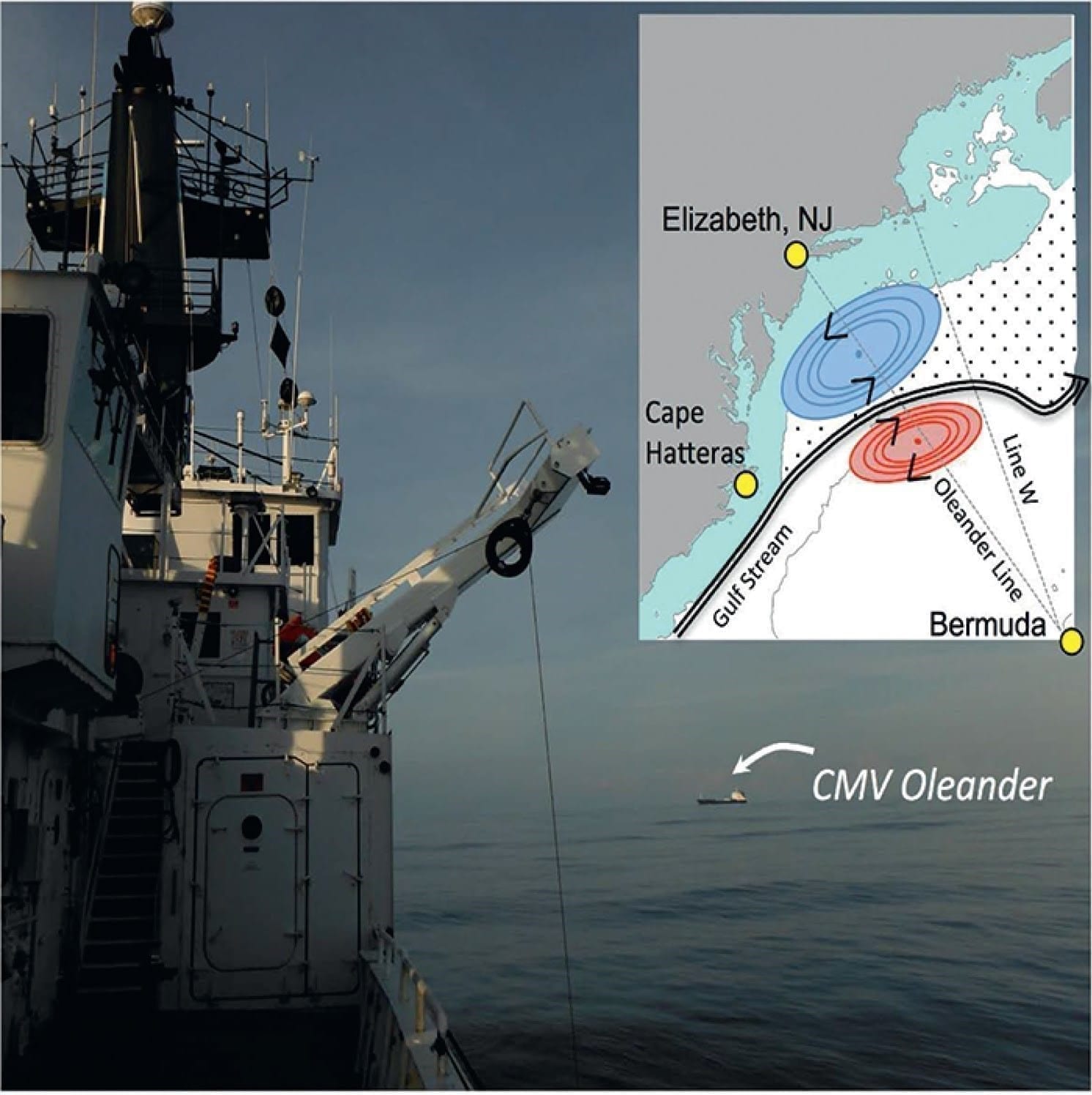Research News
Experiencing an International Geophysics Conference as a Postdoc by Maurice Huguenin
Last month, I had the privilege to help convene, present my science and attend the European Geophysical Union (EGU) annual meeting in Vienna, Austria. What an experience it has been!…
Read MoreEGU 2025 in Vienna, Austria – by MIT/WHOI Joint Program Student Sean Chen
It was a warm and beautiful week in central Europe. Several of us from the PO department had a wonderful time presenting and learning everyone else’s research, while also soaking…
Read MoreTroubled Waters – A Short Film Screening and Discussion on Preserving the East Coast Fisheries in a Changing Environment
A Short Film Screening and Discussion on Preserving the East Coast Fisheries in a Changing Environment Monday, April 7, 1-2:30 PM Clapp Auditorium, Marine Biological Laboratory 7 MBL Street, Woods Hole Free and open to the public. Limited on-street parking available.
Read MoreMIT/WHOI Joint Program Students Attend AGU24 Fall Meeting in Washington, DC
Students from WHOI’s Physical Oceanography department joined more than 27,000 attendees at the AGU24 Fall Meeting in Washington, DC this December for a week jam-packed with science! Among the scientists…
Read MoreObserving the Monsoon Onset on the Bay of Bengal
As part of the EKAMSAT collaboration between the US and India, WHOI researcher Alex Kinsella and engineers Emerson Hasbrouck and Benjamin Greenwood were aboard the R/V Thomas G. Thompson during April-June 2024…
Read MoreResearch Analyzes the Role of Ocean Heat Transport and Surface Heat Exchange in Warming the Arctic Ocean and Reducing Sea Ice
By Randy Showstack With the Arctic Ocean warming much more rapidly than the global average over the past several decades, the extent and thickness of sea ice in the Arctic…
Read MoreWHOI Argo Float Group/Maine Maritime Academy Form Partnership to Deploy Argo Floats
By Pelle Robbins The WHOI Argo float group has initiated a new partnership with Maine Maritime Academy to deploy Argo floats on a trans-Atlantic passage during the MMA annual training cruise. Deb…
Read MoreNew peer-reviewed book “The Indian Ocean and Its Role in the Global Climate System” published
The Indian Ocean represents one of the great frontiers in climate science and oceanography. Bordered by nearly 40 countries, and home to a third of the global population, changes to…
Read MorePO graduate students help organize the 17th Graduate Climate Conference in Woods Hole
The 17th annual Graduate Climate Conference (GCC) was held on November 2 – 4, 2023, hosted by the Massachusetts Institute of Technology and the Woods Hole Oceanographic Institution, the first…
Read MoreNew text on coastal oceanography, by PO Senior Scientist Emeritus Ken Brink
Ken Brink, PO Senior Scientist Emeritus, recently published a graduate level text, “Physical Oceanography of the Continental Shelf.” The book focuses on…
Read MoreOcean, Clouds, and Rainfall in the South Asian Summer Monsoon
by Alex Kinsella Every year around the beginning of June, a huge shift occurs in the ocean and atmosphere as the northern hemisphere’s monsoons roar back to life. The South…
Read MoreWHOI PO Department has strong showing at the COP27 Climate Conference
By Dominic Fucile Over 30 members of the WHOI community attended the Sharm el-Sheikh Climate Change Conference (COP27) in Egypt. From November 6 – 18 2022, WHOI administrators, scientists,…
Read MoreA cruise during autumn freeze-up in the western Arctic Ocean
A cruise during autumn freeze-up in the western Arctic Ocean
Read MoreUntangling Eddy Kinetic Energy in Our Oceans and Climate Models
By Randy Showstack The Ocean’s heat, freshwater, carbon, and nutrients are transported around the globe by ocean currents, including the meandering, swirling, and wiggly mesoscale eddy field. These eddying motions…
Read MoreSatellite Altimetry Mission Promises Huge Advances for Physical Oceanography and Hydrology
Thomas Farrar, the oceanography science co-lead for the Surface Water and Ocean Topography (SWOT) mission, says that when the satellite launches in late 2022, it will provide huge advances for physical oceanography…
Read MoreOcean Warming and Accelerating Southern Ocean Zonal Flow
In an article published in the Nov. 29 issue of Nature Climate Change, researchers from Woods Hole Oceanographic Institution and Scripps Institution of Oceanography found
Read MoreWHOI scientists monitor the ocean with innovative tools and techniques to improve hurricane forecasting
Steve Jayne says that flying through hurricanes on a Lockheed-Martin WC-130J Weatherbird aircraft with the U.S. Air Force Reserve’s Hurricane Hunters…
Read MoreChanges in the North Atlantic deep western boundary currents not directly linked to the Meridional Overturning Circulation in 2014-2018
A new study through the international efforts of fifteen research institutes has cast doubts on the view…
Read MoreThe coastal ocean can intensify atmospheric rivers, researchers find
In a paper published in Geophysical Research Letters, researchers found that ARs derive moisture, known as latent heat flux, from the coastal ocean as the rivers travel…
Read MoreNew resource for teachers on how oceanographers take the pulse of ocean currents
One of the means by which we observe the ocean is to deploy moorings, lines with anchors on the seafloor and flotation…
Read MoreSearch and rescue at sea aided by hidden flow structures
Predicting the location of a person lost at sea several hours after the accident is critical for a successful search and rescue operation. TRAPs are structures within the oceanic flow…
Read MoreGulf Stream transport
The Gulf Stream, one of, if not the world’s strongest ocean current, plays a major role in earth’s climate by transporting heat from the tropics to the mid latitudes. Changes…
Read More




